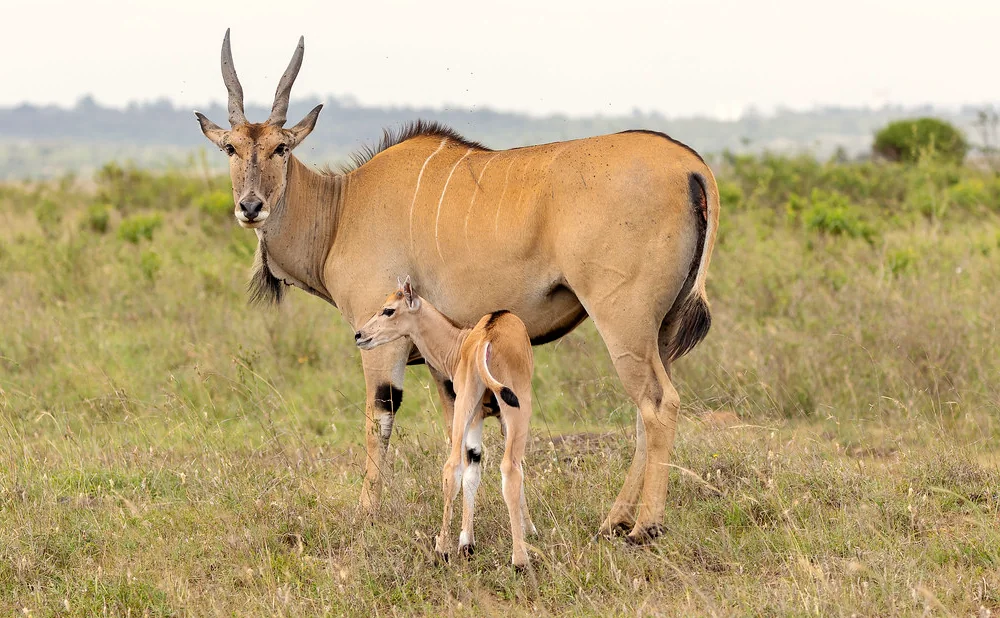Nyerere National Park

Nyerere National Park: Tanzania’s Largest Wilderness Haven
Nyerere National Park (formerly part of the Selous Game Reserve) is Tanzania's largest national park and one of the most significant wilderness areas in Africa. Covering over 30,000 square kilometers (11,583 square miles), Nyerere is a haven for diverse wildlife and offers a pristine safari experience, largely untouched by mass tourism. The park is named after Julius Nyerere, Tanzania’s first president, and it represents a crucial conservation area in the southern part of the country.
Key Highlights
1. Diverse Ecosystems
Vast Landscapes: Nyerere National Park boasts a variety of ecosystems, including dense miombo woodlands, open savannahs, wetlands, and riverine forests. The Rufiji River, which meanders through the park, is a lifeline for the wildlife, providing a vital water source and supporting a rich diversity of flora and fauna.
Waterways and Lakes: The park's waterways, including the Rufiji River and numerous lakes and lagoons, create unique habitats that support a wide range of species. These water bodies are also central to many of the park's safari activities, such as boat safaris and fishing.
2. Rich Wildlife
Abundant Mammals: Nyerere is home to an incredible variety of mammals, including large populations of elephants, hippos, and buffaloes. The park is also a stronghold for African wild dogs, one of the continent's most endangered predators. Additionally, visitors can spot lions, leopards, giraffes, zebras, and several species of antelope, such as sable and kudu.
Birdlife: With over 440 bird species recorded, Nyerere National Park is a birdwatcher's paradise. The park's diverse habitats attract a variety of birdlife, including fish eagles, kingfishers, bee-eaters, and storks. The Rufiji River's floodplains are particularly good for waterbirds, such as herons and egrets.
Aquatic Life: The Rufiji River and its associated lakes are teeming with aquatic life. Visitors can observe large pods of hippos and crocodiles basking on the riverbanks, as well as an array of fish species, including the popular tigerfish.
3. Exclusive Safari Experience
Boat Safaris: One of the unique ways to experience Nyerere National Park is through a boat safari on the Rufiji River. This offers a different perspective on the wildlife, allowing visitors to get close to animals like hippos, crocodiles, and elephants while enjoying the serene water scenery.
Walking Safaris: Nyerere is known for its excellent walking safaris, where experienced guides lead you on foot through the bush, offering a more intimate and immersive experience of the park’s ecosystems. This is an opportunity to learn about the smaller, often overlooked aspects of the wilderness, such as insects, plants, and tracks.
Game Drives : Traditional game drives in Nyerere offer the chance to explore the vast savannahs and woodlands, with opportunities to spot a wide range of wildlife. The park's remoteness means that game drives are often solitary, providing a true sense of wilderness.
4. Cultural and Historical Significance
Human History: The area now known as Nyerere National Park has been inhabited by humans for millennia, and evidence of early human activity, including ancient rock art, can be found within the park. The region also has a rich history of Arab and European exploration.
Conservation History: Originally part of the Selous Game Reserve, the area has a long history of conservation, dating back to the early 20th century. The establishment of Nyerere National Park in 2019 marked a new chapter in the protection and management of this vital ecosystem.
5. Conservation Efforts
Protected Area: Nyerere National Park is part of a larger ecosystem that includes several game reserves and protected areas. This network is crucial for the migration and survival of many species, particularly elephants, which move between different parts of the ecosystem.
Anti-Poaching Initiatives: The park is actively involved in anti-poaching efforts, particularly to protect its elephant and rhino populations. Conservation organizations and the Tanzanian government work together to monitor wildlife and combat illegal activities within the park.
Quick Facts
Size: Over 30,000 square kilometers (11,583 square miles).
Location: Southeastern Tanzania, about 230 kilometers (143 miles) southwest of Dar es Salaam.
Best Time to Visit: The dry season (June to October) is the best time for wildlife viewing, as animals gather around water sources. The wet season (November to May) brings lush landscapes and excellent birdwatching opportunities.
Activities: Game drives, boat safaris, walking safaris, birdwatching, fishing, and cultural visits.
Accessibility: The park can be accessed by road or by air, with several airstrips available for fly-in safaris.
Nyerere National Park offers an unparalleled safari experience in one of Africa's last great wildernesses. With its diverse landscapes, rich wildlife, and a variety of safari activities, the park provides an authentic and exclusive experience for those seeking to explore Tanzania's southern circuit. Whether you're gliding down the Rufiji River on a boat safari, tracking wildlife on foot, or enjoying a game drive through the remote savannahs, Nyerere National Park promises an unforgettable adventure in the heart of the wild.



